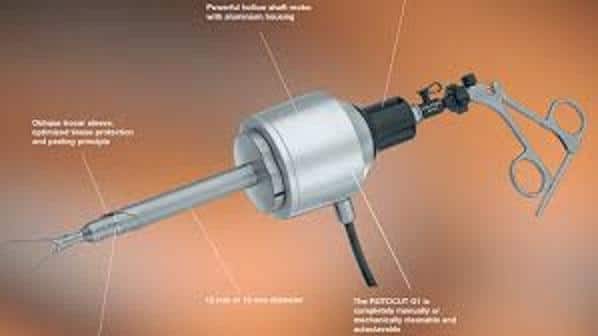In an earlier blog post I covered the topic of a medical device used for hysterectomies and myomectomies called a morcellator. A morcellator is a surgical instrument that doctors use in laparoscopic (minimally invasive) surgeries for hysterectomies and myomectomies. The FDA has warned that the device can spread undetected cancerous tissue beyond the uterus. Previously, I discussed the device, a Wall Street Journal article describing the FDA process, and FDA warnings. Now the WSJ has produced new articles discussing this defective medical device that is spreading cancer in unsuspecting women.
Why are Surgeons Approving Use of Morcellators?
According to a recent WSJ article, the American Association of Gynecologic Laparoscopists (AAGL) in its recent report continues to say the use of morcellators is safe “when performed by experienced, high-volume surgeons.” The WSJ article goes on to mention that an AAGL executive officer who was instrumental in the publication of that report received consulting fees from a morcellator maker. This is a major conflict of interest, and clearly indicates safety issues with this device. Many doctors have even stopped using this device after the FDA warning, and Johnson & Johnson, the largest maker of the morcellator, has stopped marketing them.
New Studies on Morcellators
Another recent WSJ article discusses two new studies regarding morcellators. A University of Michigan study found that in women who had hysterectomies for fibroids, one in 368 had an unsuspected uterine sarcoma. The use of a morcellator could spread that cancer without the doctor and patient knowing. The FDA has previously stated that their analysis showed one in 352 women had unsuspected uterine sarcoma. This new study’s statistics are very close to the FDA’s analysis.
Another study from the Journal of the American Medical Association Oncology found that women who have only fibroids removed (a myomectomy), as opposed to a hysterectomy (removal of the entire uterine), with a morcellator are less likely to have undetected cancers. However, the risk of the spread of cancer increases with age.
The study further found that only 7.7% of myomectomies performed between 2006 and 2012 involved the use of a morcellator. Only some gynecologists actually use a morcellator to remove myomectomies. Of those patients where a morcellator was used for myomectomies, 1 in 1,073 were found to have an unsuspected uterine cancer. According to the WSJ, in the past, doctors were informing patients that there is a risk of undetected uterine cancer at a 1-in-10,000 rate, which is nine times less likely than what appears to be a more accurate rate from the study of 1-in-1,073.
If you, or someone you know, has undergone a myomectomy or a hysterectomy and were diagnosed with sarcoma or other uterine cancer after undergoing this surgery, please contact McDivitt Law Firm right away for a free case evaluation.
And checkout these Five Questions about the FDA warning on Morcellators


